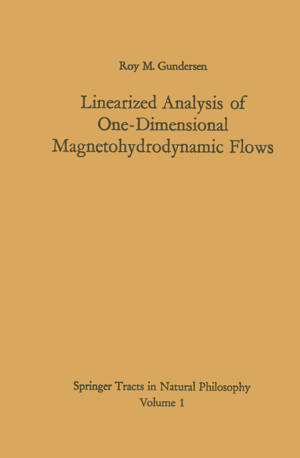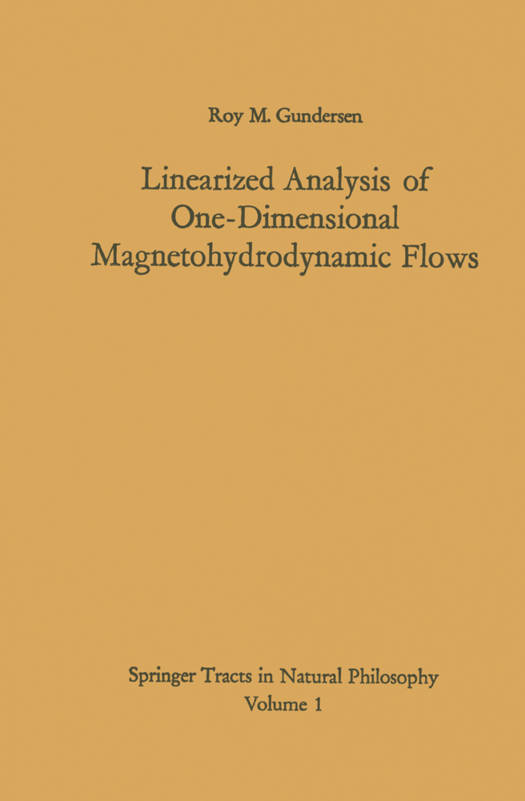
- Afhalen na 1 uur in een winkel met voorraad
- Gratis thuislevering in België vanaf € 30
- Ruim aanbod met 7 miljoen producten
- Afhalen na 1 uur in een winkel met voorraad
- Gratis thuislevering in België vanaf € 30
- Ruim aanbod met 7 miljoen producten
Zoeken
Linearized Analysis of One-Dimensional Magnetohydrodynamic Flows
Roy M Gundersen
€ 83,95
+ 167 punten
Omschrijving
Magnetohydrodynamics is concerned with the motion of electrically conducting fluids in the presence of electric or magnetic fields. Un- fortunately, the subject has a rather poorly developed experimental basis and because of the difficulties inherent in carrying out controlled laboratory experiments, the theoretical developments, in large measure, have been concerned with finding solutions to rather idealized problems. This lack of experimental basis need not become, however, a multi- megohm impedance in the line of progress in the development of a satisfactory scientific theory. While it is true that ultimately a scientific theory must agree with and, in actuality, predict physical phenomena with a reasonable degree of accuracy, such a theory must be sanctioned by its mathematical validity and consistency. Physical phenomena may be expressed precisely and quite comprehensively through the use of differential equations, and the equations formulated by LUNDQUIST and discussed by FRIEDRICHS belong to a class of equations particularly well-understood and extensively studied. This class includes, in fact, many other eminent members, the solutions of which have led to results of far-reaching scientific and technological application. Frequently, the mathematical analysis has provided the foundations and guidance necessary for further developments, and, reciprocally, the physical problems have provided, in many cases, the impetus for the development of new mathematical theories which often have evolved to an a priori unpredictable extent.
Specificaties
Betrokkenen
- Auteur(s):
- Uitgeverij:
Inhoud
- Aantal bladzijden:
- 122
- Taal:
- Engels
- Reeks:
- Reeksnummer:
- nr. 1
Eigenschappen
- Productcode (EAN):
- 9783642460074
- Verschijningsdatum:
- 23/03/2012
- Uitvoering:
- Paperback
- Formaat:
- Trade paperback (VS)
- Afmetingen:
- 156 mm x 234 mm
- Gewicht:
- 199 g

Alleen bij Standaard Boekhandel
+ 167 punten op je klantenkaart van Standaard Boekhandel
Beoordelingen
We publiceren alleen reviews die voldoen aan de voorwaarden voor reviews. Bekijk onze voorwaarden voor reviews.








